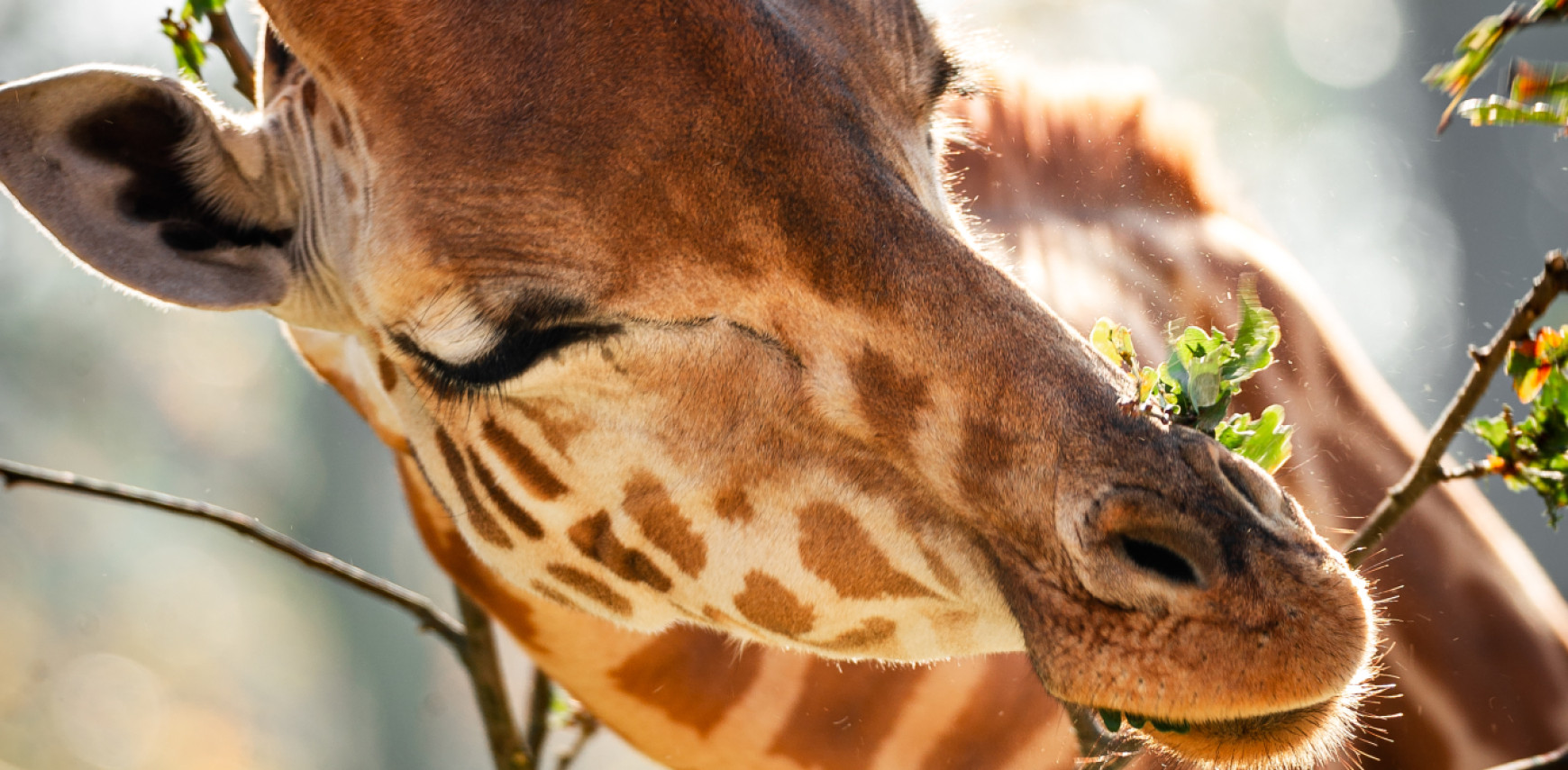A Window into Barbie’s World: Zoo Animal Welfare indicators
Is giraffe Barbie in ZOO Planckendael using her tongue to eat her food? Is she later spending time ruminating? Is she laying down or standing up when she ruminates? All these behaviours are indicators that we can monitor to assess Barbie’s welfare. Is Barbie’s coat shiny? How is her body condition? Does she have a runny nose? These characteristics on Barbie’s physical appearance are welfare indicators as well.
The behaviour and the physical appearance are animal-based indicators that help us to assess zoo animal welfare. By monitoring these indicators, zoos can create enriched environments and implement targeted strategies to ensure an optimal animal welfare.
Animal welfare indicators
Assessing the welfare of zoo animals is not an easy task. Imagine strolling through a zoo, surrounded by a diverse array of captivating creatures. In that relatively small area, you can observe a wide variety of species, all quite different from each other. From Asian elephants to black-tip reef sharks and from Komodo dragons to African penguins, all zoo-housed and all deserving the best welfare possible. Animal-based welfare indicators are the clues that guide us in assessing how content and fulfilled zoo animals are. These indicators provide invaluable insights into their overall state of well-being.
Behaviour observations
One of the first things we can observe is the animals' behaviour. Watch closely as they interact with their surroundings. Do they spend time engaged in foraging for food? Do they socialise in a positive way with the other animals within the enclosure? Or do they appear withdrawn, showing signs of stress or discomfort? Behavioural observations are key in understanding how animals are feeling.
And..., how do they look?
Additionally, their physical appearance can be a tell-tale sign of their welfare. A glossy coat, vibrant plumage, and healthy body condition often indicate good health. Conversely, signs of poor grooming, or visible physical issues may suggest a potential welfare concern.
Veterinary data
But it doesn't stop there! Vets and scientists also analyse various physiological and biochemical parameters to assess animal welfare. By monitoring factors like heart rate, hormone levels, and immune system function, we gain a deeper understanding of their overall health and stress levels.
Zoos and their dedicated caregivers constantly strive to enhance animal welfare by closely monitoring these indicators, that are often specific for each species. By regularly assessing behaviours, physical appearance, and physiological parameters, they can identify areas for improvement.
So, the next time you visit a zoo, take a moment to observe the animals with a keen eye. Witness their behaviours, observe their physical appearance, and consider the story these indicators tell about their welfare.
Curious for more?
If you want to know more about this, check this out! We wrote a scientific paper together with Oriol Tallo-Parra and Xavier Manteca from the Universitat Autònoma de Barcelona discussing the advantages and limitations of existing methodologies for assessing animal welfare in zoos, describing the main animal-based welfare indicators for zoo animals, and identifying areas that require further research. You can read it here.

